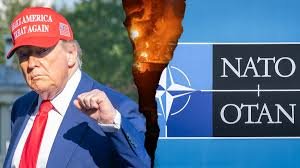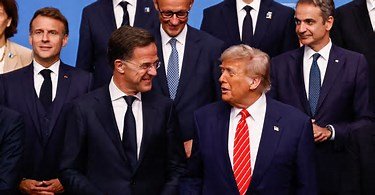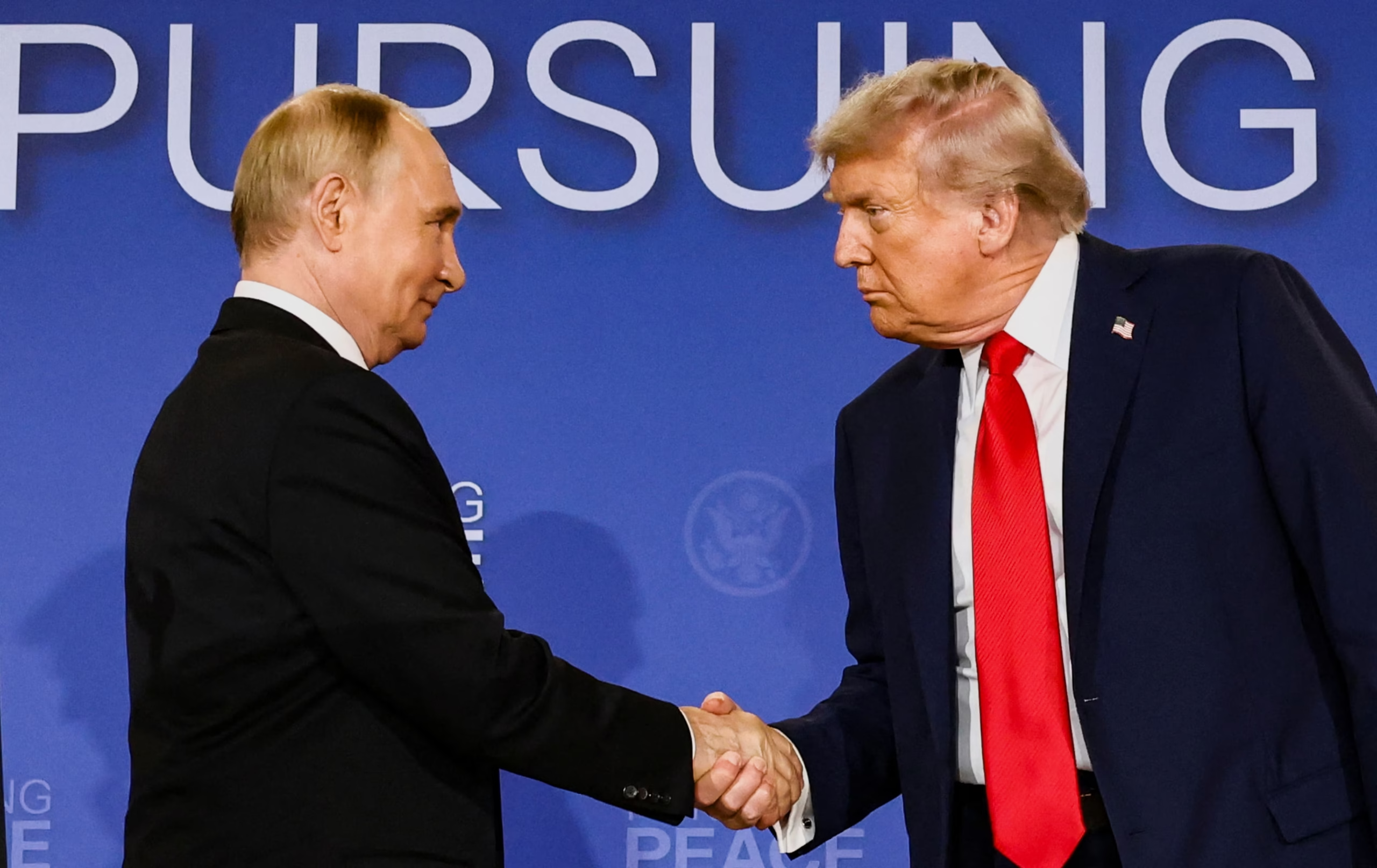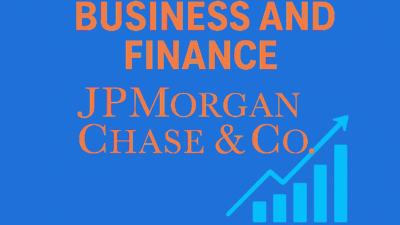Trump at NATO: Alliance Tested by War Crises
On June 24, 2025, President Donald Trump arrived in The Hague, Netherlands, for the annual NATO summit amid a backdrop of escalating global tensions and a fragile ceasefire in the Middle East. His attendance at the summit coincides with the U.S.’s nuclear strike on Iranian sites and Trump’s announcement of a ceasefire between Israel and Iran. As a result, discussions within the alliance have become more complex.
Uncertainty Over U.S. Commitment to NATO
One of the defining moments en route to the summit was Trump’s ambiguous remarks about the United States’ commitment to NATO’s mutual defense guarantee under Article 5. When asked whether the U.S. would uphold the treaty’s pledge that an attack on one member is an attack on all, Trump responded, “Depends on your definition,” injecting uncertainty and reigniting European allies’ long-standing concerns about America’s reliability within the alliance.
Despite Trump’s equivocation, NATO Secretary-General Mark Rutte reassured the alliance that the U.S. remains fully committed to NATO and its collective defense obligations. Rutte emphasized the importance of unity, especially as NATO faces threats from Russia’s aggression in Ukraine and instability in the Middle East.
Defense Spending and Alliance Cohesion
A key focus of the summit is the push, strongly advocated by Trump, for NATO members to increase their defense spending from the current 2% of GDP to 5%. Trump has repeatedly criticized European allies for relying too heavily on U.S. military protection and has made defense spending a signature issue since his 2016 campaign. While most NATO countries are preparing to endorse this significant spending boost, Spain remains a notable holdout, refusing to increase its military expenditure beyond 2.1% of GDP.
Trump has also suggested that the United States itself should not be bound by the 5% spending target, arguing that America’s existing defense infrastructure and expenditure approximately 3.5% of GDP already exceeds the needs that the increased spending aims to address.
The Middle East Ceasefire and Its Impact
The president announcement of a “complete and total ceasefire” between Israel and Iran, brokered with Qatar’s help, is a central topic at the summit. While Trump heralds this as a diplomatic success and a demonstration of his peacemaking ability, the ceasefire remains fragile. Both sides have accused each other of violations, and Iran’s retaliatory missile strikes on U.S. bases in Qatar have heightened tensions.
European leaders have expressed mixed reactions to the U.S. strikes on Iran and the sudden ceasefire, wary of being drawn into a broader conflict. Trump’s approach, which largely excluded European involvement in brokering the truce, underscores the sometimes unilateral nature of his foreign policy.
Trump’s Diplomatic Style and NATO’s Future
The US president arrival at the NATO summit is seen as unpredictable, reflecting his often transactional and confrontational style toward international alliances. His insistence on increased defense spending and ambiguous stance on Article 5 have stirred unease among European allies, who remain concerned about the future cohesion and reliability of NATO.
Nonetheless, some analysts suggest that Trump’s more rigid posture may yield tangible results in terms of burden-sharing and defense readiness, even if it comes at the cost of alliance unity.
Conclusion
A mix of diplomatic assertiveness and uncertainty marks President Donald Trump’s participation in the 2025 NATO summit. His push for increased defense spending, ambiguous commitment to mutual defense, and the high-stakes Middle East ceasefire negotiations all contribute to a summit atmosphere charged with tension and cautious optimism. How these dynamics will shape NATO’s future and global security remains to be seen, but Trump’s role is undeniably pivotal in this critical moment for the alliance.
Sources: AP News1, Reuters, The New York Times, ABC News, CNN, DW




